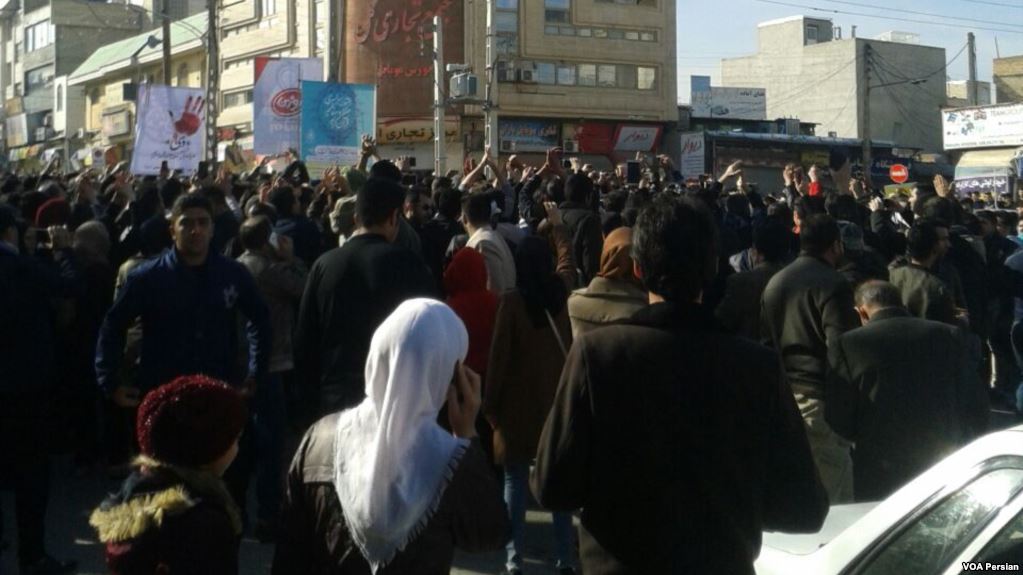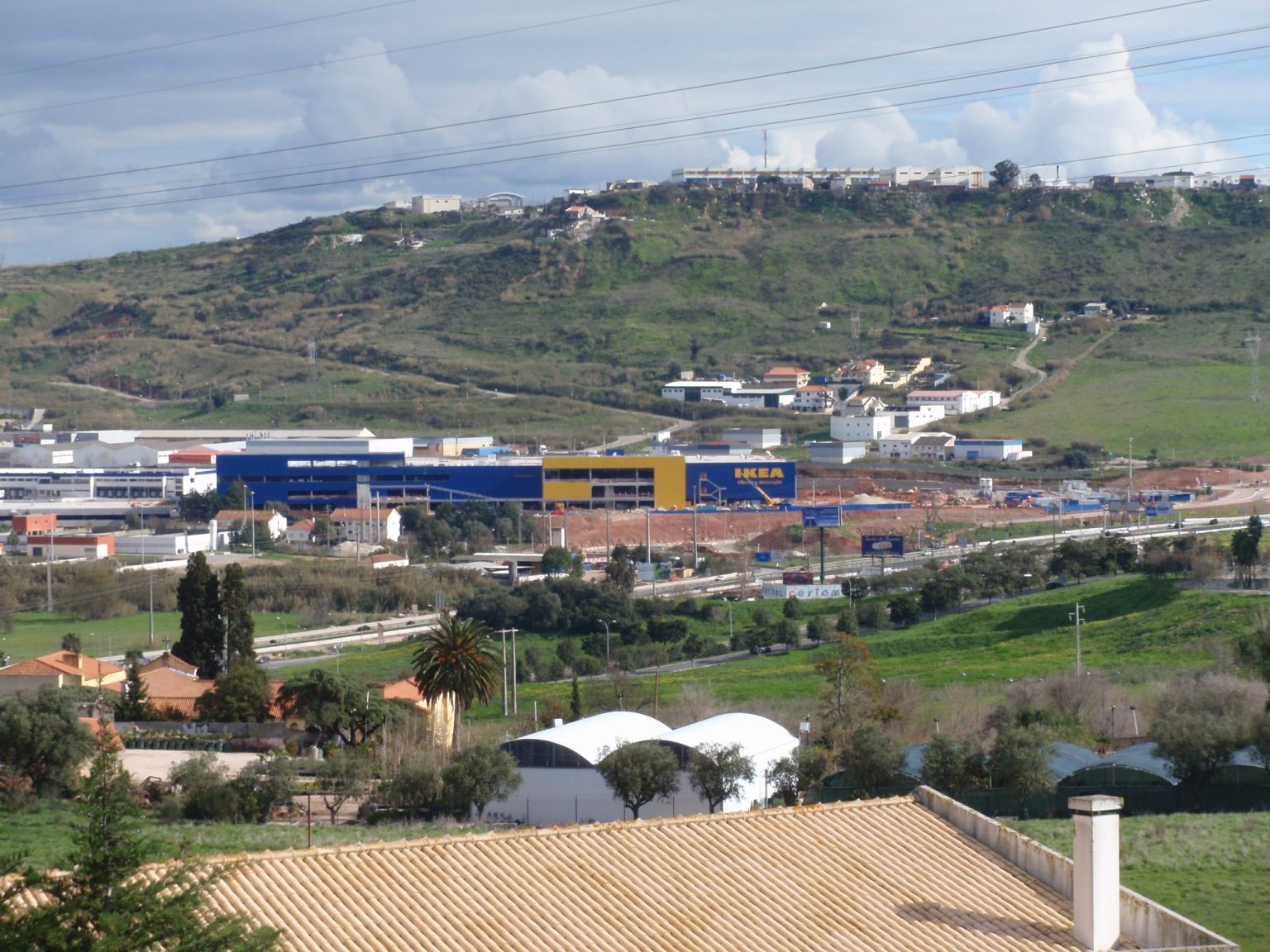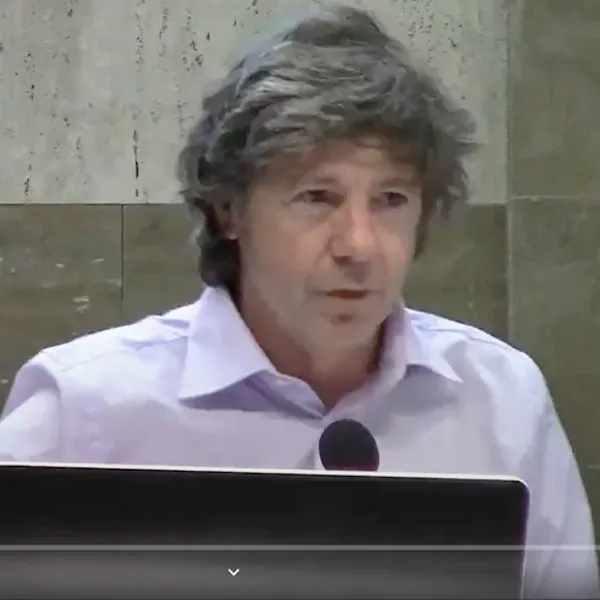Demonstrations put the status-quo under doubt, but the different groups define it differently.
Iranian protests that started in the end of 2017 have made the American president Donald Trump happy. He expressed his support for them and warned that he will follow closely whether the human rights of demonstrators are protected. Trump’s tweets drew the standard connection between Iran and terrorism and suggested that Iranian people and American army are the two subjects that make the power in Tehran fear most. According to Trump it is logical that if Iranians want change for their country, they need to link their desires with those of the United States and the regional ally Israel.
Protests started in a moment, when Iran together with Russia have saved the Bashar Assad’s regime in Syria, affirming Tehran’s influence in the Middle East. At the same time Donald Trump chose Israel and Saudi Arabia as USA’s subcontractors in the Middle East. The frontline in the region between Tel Aviv and Riad on one side and Tehran on the other prompts the Islamic Republic that it must act cautiously and not to provoke the regional factors’ unhappiness in spite of the presence of the nuclear agreement, signed in 2015 in the times of the Barack Obama administration.
The discussions and even clashes in the social networks about how the thousands-strong protests should be interpreted – what they demand and against whom are directed, show the attitudes among Iranians in the country and outside it. There is dissatisfaction with the religious power, but also many realise that if a pro-American puppet regime is installed in Iran, the country’s resources will be plundered by Western business, one of whose faces is exactly Trump. Which hate is then stronger? The one against the national oligarchy, that has benefited from the anti-Iranian sanctions, while the people suffer economically even today? Or the one against the international oligarchy that maneuvres around the country, waiting for a suitable moment to attack and subjugate it in a manner already applied and seen in Iraq, Libia and Syria?
This question “has been hanging” over the political and economic relations in Iran for decades, but the protests’ plot appears to be more complex. The Middle East Eye site’s analyst Mahan Abedin claims before the Al Jazeera that the present protests have started with economic demands, but have rapidly went on to political slogans – e.g. against the Iranian foreign policy activity in the Arab world or against the regime itself. However these protests are not a clash inside the political elite of the country – as were the protests of 2009. They were related with the doubts for vote rigging in the presidential elections that gave the victory to the conservative Mahmud Ahmadinejad against the reformer Mir Hossein Mousavi. What happens now, according to Abedin, is that people give sign to the power that 2,5 years have passed from the nuclear-related sanctions falling down and that the Rouhani government must realise its promise to improve the population’s standard of living.
Hassan Rouhani’s team is perceived as one distanced from common people’s problems. It is a technocratic team that follows a neoliberal vision for economy’s management. The goal of Rouhani and his people is too integrate Iran in the world economy, to attract foreign investments, to keep inflation low and to boost the private sector, including through privatisation and liberalisation of economy. In the times of the president Mahmud Ahmadinejad the policy line was exactly the opposite one. Even though he was a representative of conservative circles, Ahmadinejad had socal sensitiveness and used the state budget to invest in the many projects for development of various smaller and bigger population centers. It is no wonder that in the times of Ahamadinejad inflation was big, while Rouhani lowered it below 10%, as he stopped various investment initiatives of his predecessor. However, in spite of Rouhani’s activities unemployment remained high – for the fiscal year between March 2016 and March 2017 it was 12,4% and grew in comparison with the preceding fiscal year.
Elitism of Rouhani’s cabinet makes it vulnerable to attacks from the conservative camp of the so-called principalists, who have their strong positions in the religious structures of the country. The main opponent of Rouhani at the presidential elections of 2017 – the cleric Ebrahim Raisi, is a member of these circles and comes from Mashhad. In this north-eastern city the present protests started.
Experts on Iran like Mohammad Ali Shabani from the site “Al-Monitor” remind that one of the slogans of the first protests in Mashhad was “Death to Rouhani”. They have been supported by Raisi’s father-in-law and influential cleric Ahmad Alamolkhoda. It is curious that they start only a day after the boss of the Tehran police announced that women would no longer be arrested for vioation of the rules for head covering, but would only be sent to educational courses for the dress code.
Among the important details about the beginning of the protests is the warning of vicepresident Eshaq Jahangiri – an important member of Rouhani’s team: “When a social and political movement is launched on the streets, those who started it will not necessarily be able to control it in the end…The people behind events like these will get their fingers burned. They think they are targeting the government with their actions.”
The next day protests errupt in the Western and Northern part of the country, as they cover a few provincial centers, without becoming national. The first victims fall, as there are different interpretations who has fired – the forces of order or „foreign agents“. There come the first messages and video recordings of burnt police cars, attacked police stations and beaten representatives of the volunteer army Basij. The slogans against the regime or against the supreme leader of the Islamic Republic intensify.
Some analysts differentiate between the Islamic Republic leader Ali Khamenei – a keeper of the conservative order in the country, and the pro-western Rouhani. However Rouhani is a cleric too, as his name shows („rouh“ means spirit in Persian). In the times of nuclear agreement negotiation and after that Ali Khamenei has expressed his support for president`s course. In Iranian political system it is unthinkable that something could happen without the sanction of the supreme leader and this is valid for the present president`s rule too.
At a meeting of the Iranian cabinet Rouhani has declared that he understands the dissatisfaction from the economic situation, the lack of transparency and corruption of governance, but in his view it is one thing to criticise and another to destroy public property. Rouhani believes that Iranian citizens „are absolutely free to criticize the government and protest but their protests should be in such a way as to improve the situation in the country and their life.”
Rouhani also gives an answer to Donald Trump, as the American president believes Iranians „are finally getting wise as to how their money and wealth is being stolen and squandered on terrorism“. „This man in America who is sympathizing today with our people has forgotten that he called the Iranian nation terrorists a few months ago. This man who is against the Iranian nation to his core has no right to sympathize with Iranians“, says Rouhani.
According to the British expert on Middle East Eskandar Sadeghi-Boroujerdi the present protests remind of the provincial protests during the times of the president Ali Akbar Hashemi Rafsanjani (who has governed in the period 1989-1997). Rafsanjani makes the first greater privatisation in the country after the Islamic Revolution. During his governance a greater differentiation in people`s incomes takes places – between the so-called aghazadeha (sons of members of the postrevolutionary nomenclatura with access to political and economic resources) and the people who have remained outside the economic redistribution of resources. In the period 1991-1992 inflation reaches 46% and the prices of basic food products rises significantly. In the middle of 1992 protests in Mashhad and Shiraz burst out, and in the middle of 1995 protests start in Islamshahr and Qazvin, writes Sadeghi-Boroujerdi in an article for the site Jadaliyya. At the end protests fade out, but Rafsanjani is forced to make concessions in his economic policy to the traditional right, which cares about social justice.
Apparently the present protests are a challenge to the political status-quo – in the face of the government or other state institutions and officials. But this dissatisfaction comes together with racism and xenofobia, says Sadeghi-Boroujerdi. For example, criticism towards Iranian foreign policy of support for Bashar Assad in Syria and for „Hizbullah“ in Lebanon comes together with racist attitude towards Arabs as a more primitive people in comparison with Persians. At the same times nostalgy for the times of monarchy comes out in the protests, fed by the popular Persian-language televisions of Iranian emigration, which are aired in the West. During the monarchy Iran has been in very close relations to Israel and the States.
Rouhani has already said that these protest are a chance for change. It looks like he is the one who will have to take the necessary actions to quell the gushing dissatisfaction. Rouhani cabinet`s diplomacy led to signing of the historical nuclear agreement with the group of six (USA, Great Britain, France, Germany, Russia and China). However, the effects of this agreement so far don`t answer the expectations, including as a result of USA`s resistance towards Iranian reintegration in world economy. Due to threats from other existing anti-Iranian sanctions Western companie act cautiously in their attempts to step and return to Iran.
At this moment, when Iranian expectations that a lasting agreement with West and the USA has been achieved appear to be cheated, Rouhani has to act in order to respond to the promise, which he gave when he came to power in 2013 – recovering of economic relations with the West and raising people`s stadard of living. In order to quell the tensions, Iranian government may undertake actions similiar to those of Rafsanjani – another economic neoliberal, strengthening social care in its elitist and technocratic policies. The number of killed demonstrants keeps on rising, as the political system needs to avoid unmeasured action that could make it vulnerable. Protests are a sign for a necessary change, but the direction the system will go to depends on its ability to change the course without giving grounds for its internal and external opponents to attack it.










